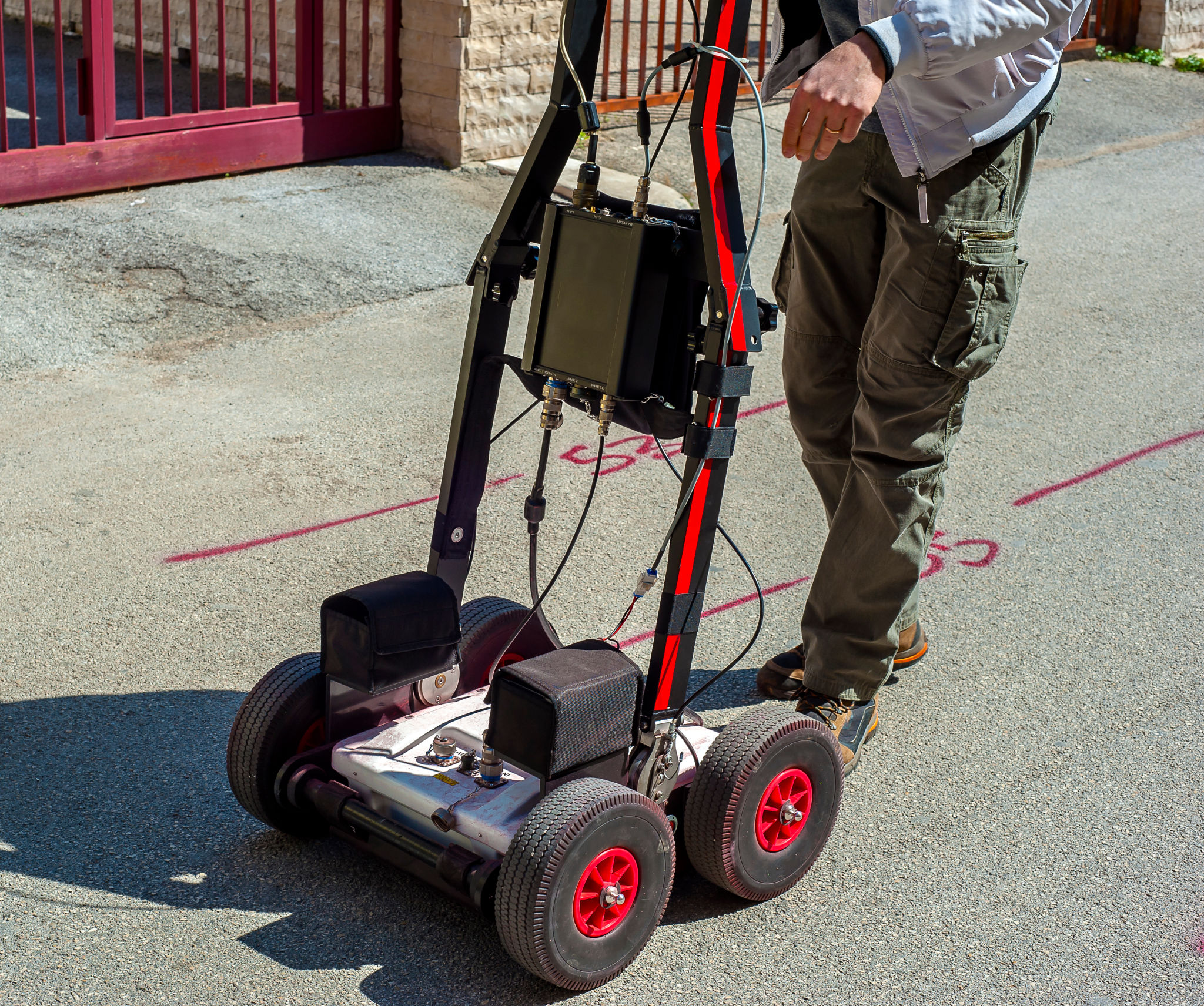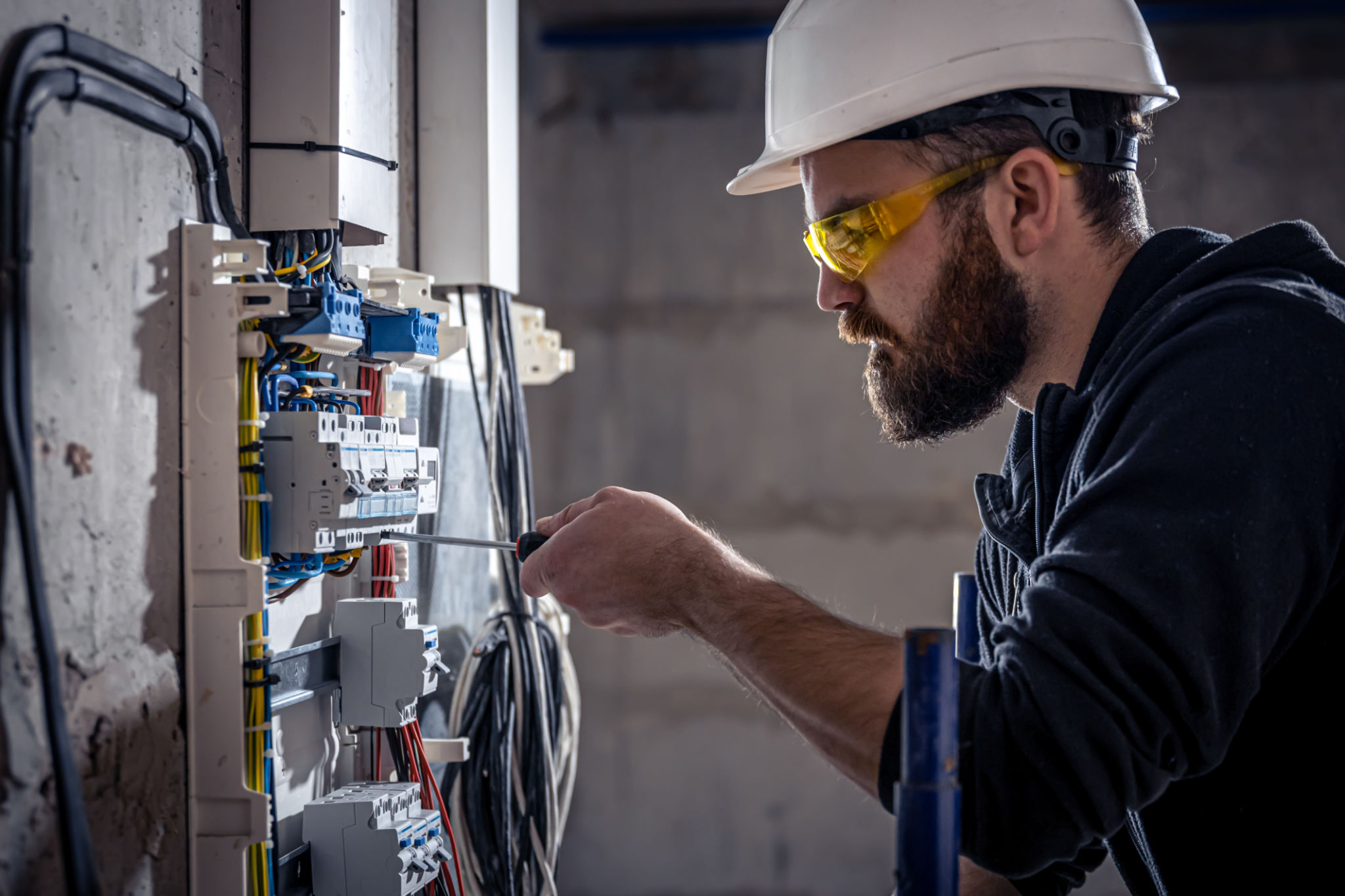Myths vs. Facts: Understanding Underground Utility Detection
Introduction to Underground Utility Detection
Underground utility detection is a crucial process in construction, renovation, and landscaping projects. It involves identifying and mapping the location of utilities such as water lines, gas pipelines, electrical cables, and telecommunications lines beneath the ground. This process helps prevent potential damage during excavation and ensures safety and efficiency in project execution.

Common Myths about Underground Utility Detection
Despite its importance, several myths surround underground utility detection. These misconceptions can lead to costly mistakes and project delays. Let’s explore some of the most common myths and debunk them with factual information.
Myth 1: Utility maps are always accurate and up-to-date.
In reality, utility maps can often be outdated or inaccurate due to changes over time or incomplete records. It's essential to verify utility locations with modern detection methods to ensure precision.
Fact-Checking the Detection Process
One of the key facts about underground utility detection is its reliance on advanced technology. Tools like ground-penetrating radar (GPR), electromagnetic locators, and radio frequency locators provide accurate data on underground utilities. These technologies allow for non-invasive detection, minimizing the risk of damage during excavation.

Myth 2: Detection only involves finding metal pipes or cables.
Factually, modern detection methods can identify a wide range of materials, including plastic pipes and fiber optic cables. This capability is crucial as utility networks become more complex and diverse.
The Importance of Professional Expertise
Another significant myth is that anyone can perform underground utility detection with the right equipment. However, professional expertise is vital for accurate results. Skilled technicians understand how to interpret data from detection tools and manage potential challenges that arise during the process.

Myth 3: Once detected, utilities do not need further monitoring.
In fact, ongoing monitoring is essential, especially in dynamic environments where new installations frequently occur. Regular checks help maintain up-to-date records and ensure continued safety.
Best Practices in Underground Utility Detection
To ensure successful underground utility detection, it's important to follow best practices. These include:
- Conducting a thorough site survey before starting any excavation work.
- Using a combination of detection methods for cross-verification.
- Maintaining clear communication with utility companies and construction teams.
- Keeping detailed records of detected utilities for future reference.
Conclusion
Understanding the facts about underground utility detection is essential for safe and efficient project execution. By debunking common myths and relying on advanced technology and professional expertise, construction teams can avoid unnecessary risks and ensure a smooth workflow. Always prioritize safety and accuracy when dealing with underground utilities.
